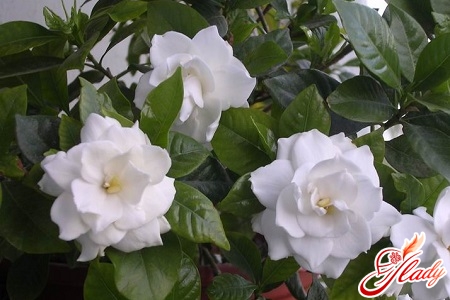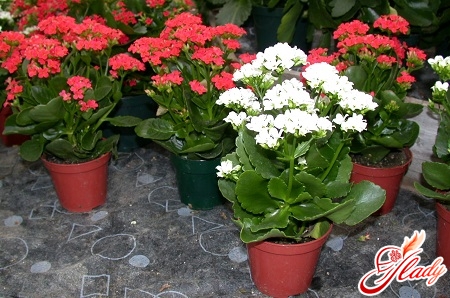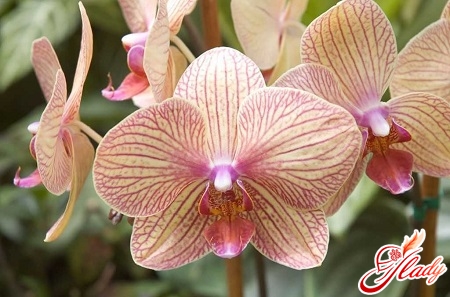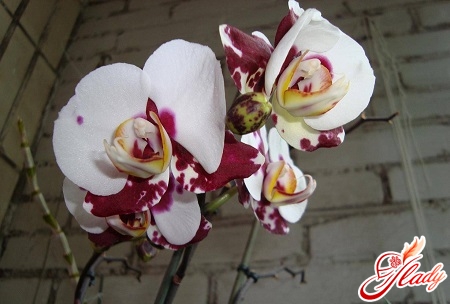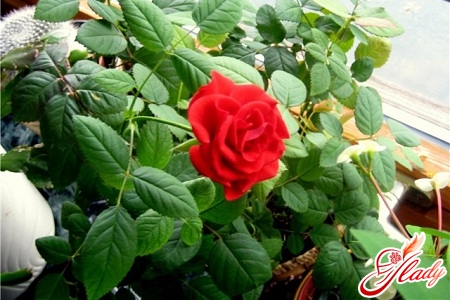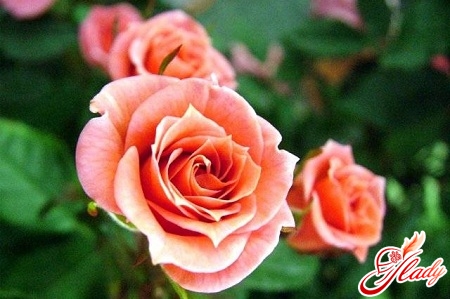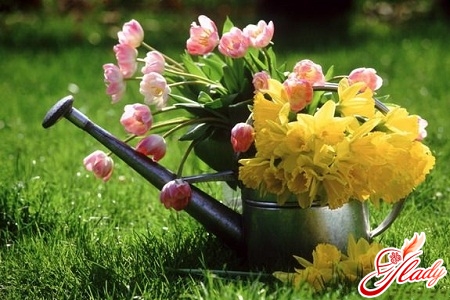 Spring in the garden is a time of renewal andawakening of nature from hibernation. Trees and shrubs will soon be dressed in green lace of young leaves. And for gardeners - both beginners and experienced, this is the hottest time. Garden care in the spring directly affects the harvest collected in the summer and autumn, so it should be given special attention. What to do in the garden in the spring? There are a lot of options. And let's start from the beginning. To protect conifers from the bright sun, protect them with shading shields or crown covers made of non-woven material. In order to destroy pests of fruit trees, their trunks and skeletal branches should be whitewashed with a lime solution (2.5 kg per 10 liters of water). It is also necessary to inspect young fruit trees and seedlings, especially their lower part, where cracks in the bark could have formed over the winter. In this case, you need to bandage them with polyethylene film. In the summer, this dressing will need to be repeated. On tree trunks you can also find hard bodies of tinder fungi, which should be removed, and the wounds left in their place should be treated with garden pitch. The pitch can be made from a thick clay putty consisting of two parts clay and one part mullein with the addition of finely chopped straw or hay. It is also necessary to remove the clutches of the ringed silkworm from the crowns of young apple trees. Dry leaves hanging on the web are removed with sticks, because this is where the nests of the pest are most often located.
Spring in the garden is a time of renewal andawakening of nature from hibernation. Trees and shrubs will soon be dressed in green lace of young leaves. And for gardeners - both beginners and experienced, this is the hottest time. Garden care in the spring directly affects the harvest collected in the summer and autumn, so it should be given special attention. What to do in the garden in the spring? There are a lot of options. And let's start from the beginning. To protect conifers from the bright sun, protect them with shading shields or crown covers made of non-woven material. In order to destroy pests of fruit trees, their trunks and skeletal branches should be whitewashed with a lime solution (2.5 kg per 10 liters of water). It is also necessary to inspect young fruit trees and seedlings, especially their lower part, where cracks in the bark could have formed over the winter. In this case, you need to bandage them with polyethylene film. In the summer, this dressing will need to be repeated. On tree trunks you can also find hard bodies of tinder fungi, which should be removed, and the wounds left in their place should be treated with garden pitch. The pitch can be made from a thick clay putty consisting of two parts clay and one part mullein with the addition of finely chopped straw or hay. It is also necessary to remove the clutches of the ringed silkworm from the crowns of young apple trees. Dry leaves hanging on the web are removed with sticks, because this is where the nests of the pest are most often located.
Pruning of fruit trees
You should start pruning fruit trees whendaytime temperatures above 5 degrees C. First of all, you need to deal with old apple trees and only then - pears, cherries and plums. You can prune berry bushes starting from the end of March. It is best to do these manipulations early in the morning, since at this time the snow is still dense enough for walking and is not very hot in the sun. If you could not complete the pruning before all the snow melts, it is better to interrupt it until the soil dries. Correctly selected and, most importantly, high-quality tools are a guarantee of successful pruning. Every gardener should have at least two special knives - a copulating knife and a serpetka. Minor pruning, cleaning up small-diameter cuts, grafting and budding - this is the range of use of a copulating knife. With the help of a curved blade with a sharp tip - a serpetka, you can process larger cuts and the base of the rootstock. After that, they clean up all types of cuts. The most important tool for pruning is the pruning shears, so you need to approach their choice especially responsibly. You will have to hold them in your hands for a long time, so it is important to check how comfortable the size and shape of its handle are. The mechanisms of the pruning shears also differ - they can have one or two movable blades. One blade holds the branch more firmly and does not slide along the bark as much. With the help of the second type of pruning shears, you can achieve a more accurate cut, as well as cut the branch at the very base. It is also difficult to imagine work in the garden without a lever saw (garden hacksaw). By adjusting the direction of its blade, you can easily thin out thick or vertically oriented branches. In order to thin out the thick crowns of trees and shrubs, it is convenient to use loppers, which do not leave protruding parts at the cut site. Cut shoots of valuable fruit crops, not infected with diseases and not mechanically damaged, can be used for grafting, and berry bushes - for cuttings. Before using them, the shoots should be stored in snow or wet sand in the basement. It is better to sign each variety with a ballpoint pen on foil.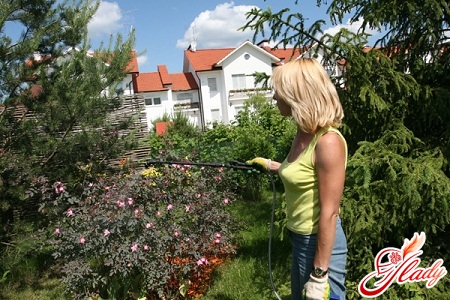
Caring for ornamental shrubs
Abundant flowering, beautiful foliage or elegantхвоя делают декоративные кустарники настоящим украшением сада практически любого стиля. Ошибочно полагать, что после посадки кустарников они не требуют никакого ухода. Своевременная и правильная обрезка требуется всем видам декоративных кустарников, она нужна для удаления отмерших и поврежденных побегов, способствует сдерживанию бурного роста и формированию красивой кроны, стимулированию цветения, а также омоложению старых кустов. Основной задачей обрезки нарядных кустарников является достижение максимального декоративного эффекта, для которого эти растения и высаживаются. Методика обрезки кустарников достаточно дифференцирована в зависимости от отличительных особенностей каждого вида. По типам обрезки все кустарники можно условно разделить на две большие группы – красивоцветущие (к ним же относятся и кустарники с красивыми плодами: барбарис, кизильник и т.д.) и декоративно-лиственные. Главной целью выращивания красивоцветущих кустарников являются их великолепные цветы, поэтому при помощи правильной обрезки можно добиться их обильного цветения. Такие растения в свою очередь можно разделить по особенностям обрезки на три группы. К первой группе относятся кустарники, не образующие замещающих побегов из основания или нижней части кроны. Каждый год приросты у этих растений возникают по периметру кроны. Самыми распространенными представителями этой группы являются калина обыкновенная, кизильники, сортовая сирень, магнолия, барбарис обыкновенный, сирийский гибискус и другие. Кустарники этой группы нуждаются в самом минимальном уходе за ними. После их посадки в первые годы самой важной задачей является формирование скелета растения из сильных ветвей. Это достигается путем удаления ранней весной всех слабых, перекрещивающихся и неправильно расположенных побегов, портящих вид растения. При обрезке взрослых кустов достаточно ограничиться удалением поврежденных, больных и усохших веток. Для поддержания желаемого декоративного вида кустов и симметрии веток также иногда подрезаются некоторые живые побеги. Кустарники, цветущие на побегах прошлого года, составляют вторую группу. К ним можно отнести такие растения, как некоторые виды спирей, стефанандра, гортензия крупнолистная, чубушник, миндаль трехлопастной, керрия японская и другие. Период цветения этих растений обычно приходится на весну или начало лета. Следует учесть, что они очень быстро растут, поэтому нужно высаживать в сад саженцы не более двух-трехлетнего возраста. Уход за ними заключается в обрезании отцветших веток сразу после цветения. При этом важно удалить тонкие и слабые приросты и оставить только самый сильный. К третьей группе относятся кустарники, цветущие на побегах текущего года. Самыми распространенными представителями этой группы являются будлея Давида, обильно цветущие в летний период формы спирей (спирея Бумальда, иволистная, Дугласа), а также гортензии метельчатая и древовидная. Растения этой группы следует подвергать обрезке ранней весной для образования мощных побегов, это способствует их обильному цветению летом или в начале осени. Без такого ухода эти кустарники быстро загустятся, и вид их станет запущенным и неэстетичным. А со временем можно поплатиться качеством цветения взрослых кустарников. Обрезку декоративно-лиственных кустарников также следует делать каждый год ранней весной, при этом обрезать их нужно довольно усердно. Это делается в целях стимулирования активного роста молодых побегов и достижения максимального декоративного эффекта с помощью их листьев. К таким кустарникам относятся, например: барбарис Тунберга, краснолистные формы барбариса, лещины, скумпии и золотистая форма бузины черной. Важно также помнить, что обрезка – это только часть комплексного ухода за декоративными кустарниками. Красота растений в саду зависит также от обеспечения многих других их потребностей. Важно также регулярно и своевременно поливать, подкармливать их, мульчировать почву, удалять сорняки, бороться с болезнями и вредителями и защищать теплолюбивые растения зимой.
Care of flower beds in spring
Gardening in spring is impossible without taking care ofevergreen perennials and soil treatment in flower beds and flower gardens. Caring for perennial flowers begins in April with the removal of plant debris, dry branches and leaves that remained from the previous season. Perennials that entered the winter period with leaves are also pruned. If the stems and leaves of peonies or phloxes were not cut in the fall, then during spring work the remaining stems are cut almost to the ground level. Do not put the plant debris left over from the winter in the compost heap, as it can become a source of many diseases, it is better to burn it. From the second half of the month, you can begin planting, dividing and transplanting perennials, since April is a more suitable period for this than autumn, especially for delicate species of perennial flowering plants. As soon as the warm weather sets in, you can divide phloxes, daylilies, monarda and astilbe. It is important to remember that it is strictly forbidden to trim green leaves of evergreen perennials that have emerged from under the snow. This applies to such plants as saxifrage, young, bergenia, primrose, iris, carnation, heydera and others. In early spring, these seemingly completely unsightly and weak leaves actively serve the benefit of plants, since they collect nutrients that they need for full flowering. At the end of April, it is highly desirable to add organic fertilizers with a high nitrogen content to areas of soil with perennial flowers. Then it is necessary to carefully loosen the soil around perennials, this is especially important if mulching work has not been carried out on the surface of the flower beds before the beginning of winter. Some plants (irises, phlox) have rhizomes located very close to the surface, so they should be loosened very carefully and shallowly. During the winter, significant compaction of the soil in flower beds occurs, so it is necessary to loosen it by about fifteen centimeters. During this procedure, it is important not to damage the plants that start growing later than the others - these are volzhanka, some types of bellflowers, hostas, astilbes and others. Simultaneously with the cultivation of the soil in the flower beds, it is important to weed the weeds, since during this period they have not yet had time to take root thoroughly and their weeding is quite easy. Weeds with long rhizomes, as well as couch grass, sow thistle and goutweed are most easily removed in the spring. With a sharp change in temperature and the absence of snow, perennials blooming in the spring may bulge, that is, rise above the ground. In this case, the plants need to be planted correctly again and the surface of the earth around them should be covered with mulch. This will help prevent severe overheating of the soil during the day and freezing of the ground at night. We recommend reading:




